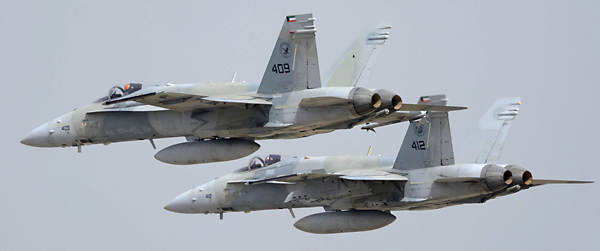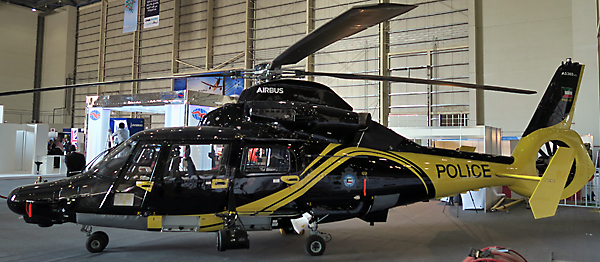Brief history
Only 300 years ago the land that is now known as Kuwait City, was settled. The Al-Sabah family, whose descendants now rule Kuwait, were appointed to handle local law and order. By the early 19th century, Kuwait was a thriving trading port and though official Kuwaiti history is adamant that the sheikhdom was always independent of the Ottomans, some say differently. During the second half of the 19th century, the Kuwaitis generally got on well with the Ottomans. They managed to avoid being absorbed into the empire as the Turks sought to solidify their control of eastern Arabia (then known as Al-Hasa). They did, however, agree to take the role of provincial governors of Al-Hasa. That decision led to the rise of the pivotal figure in the history of modern Kuwait: Shaikh Mubarak al-Sabah al-Sabah, commonly known as Mubarak the Great, who reigned from 1896 to 1915. Mubarak signed an agreement with Britain. In exchange for the British navy's protection, he promised not to give away territory to, take support from or negotiate with any other foreign power without British consent. Kuwait spent the early 1920s fighting off the army commanded by Abdul Aziz bin Abdul Rahman Al-Saud, the founder of modern Saudi Arabia. In 1923 the fighting ended with a British-brokered treaty. As a result, an oil concession was granted in 1934 to a US-British joint venture. The first wells were sunk in 1936, and by 1938 it was obvious that Kuwait was virtually floating on oil. The outbreak of WWII forced the Kuwait Oil Company to suspend operations, but when oil exports took off after the war so did Kuwait's economy. As the country became wealthy, health care, education and the general standard of living improved dramatically.
On 19 June 1961 a treaty was signed with the British and Kuwait became an independent state. Elections for the first National Assembly were held the following year. Despite political and economic tensions, by mid-1990 the country's economic prospects looked bright, particularly when the eight-year Iran-Iraq war ended. So it came as a shock when on 16 July 1990 Iraq sent a letter to the secretary-general of the Arab League accusing Kuwait of exceeding its OPEC quota and of stealing oil from the Iraqi portion of an oil field straddling the border. Iraqi president Saddam Hussein threatened military action. Two weeks later Iraqi tanks were in Kuwait City before dawn on 2 August, and by noon they had reached the Saudi frontier. The emir and his cabinet fled to Saudi Arabia.
At the end of November, the US and the UK secured a UN resolution authorising the use of force to drive Iraq out of Kuwait if the Iraqis did not leave voluntarily before 15 January 1991. The deadline passed, the Iraqis didn't budge and within hours waves of Allied (mostly US) aircraft began a five-week bombing campaign of Iraq and Kuwait. At the end of February, Allied forces arrived in a Kuwait City choked by clouds of acrid black smoke from the hundreds of oil wells the Iraqis had torched as they retreated. The Kuwaiti government set about rebuilding Kuwait and elections for a new National Assembly took place in October 1992 that was won by the opposition, though the Al-Sabah family retained control of the key defence, foreign affairs and interior ministries. By the second anniversary of the invasion, Kuwait had largely succeeded in erasing the physical scars of war and occupation, although tensions with Iraq remained high. Today, many resources are being used to remove land mines and clean up environmental damage left over from the Iraqi retreat, subsidised by the UN to the tune of US$5.9 billion. Ten percent of oil revenues are, by law, put into a trust to prepare for the day that Kuwait's massive oil reserves dry up.
Source Lonely Planet






